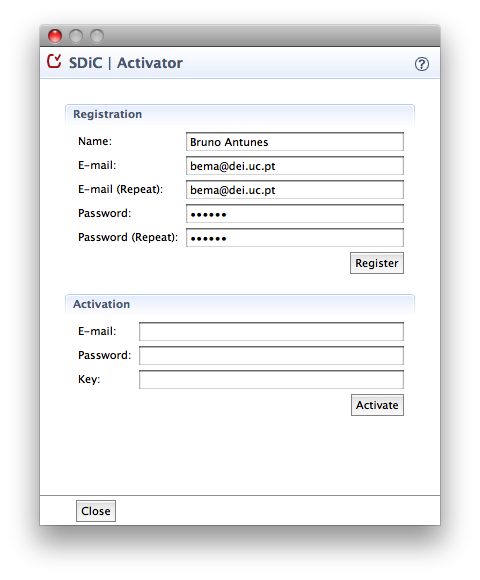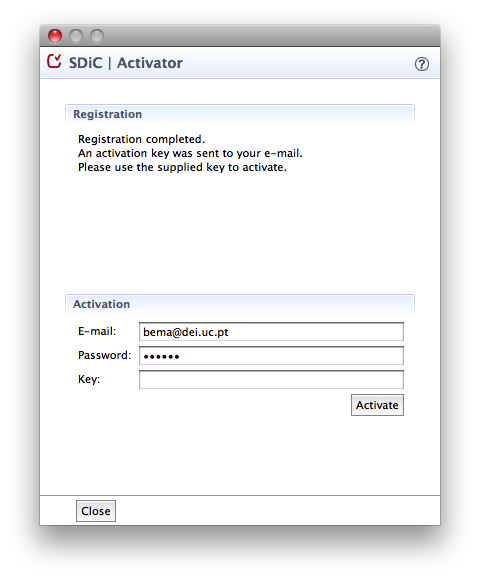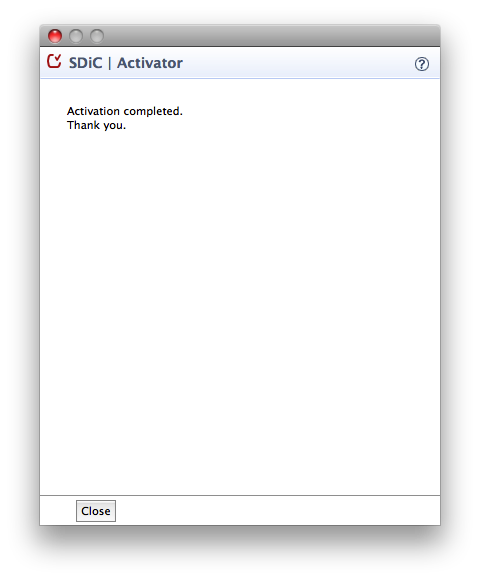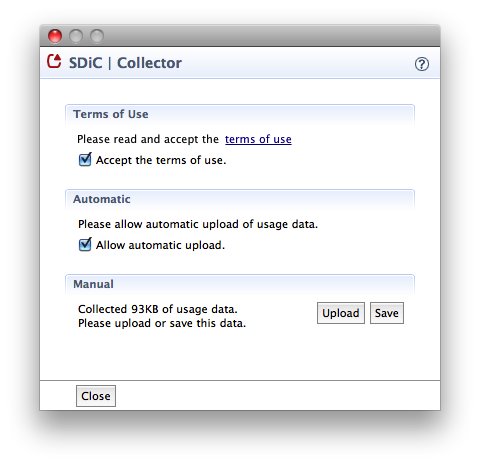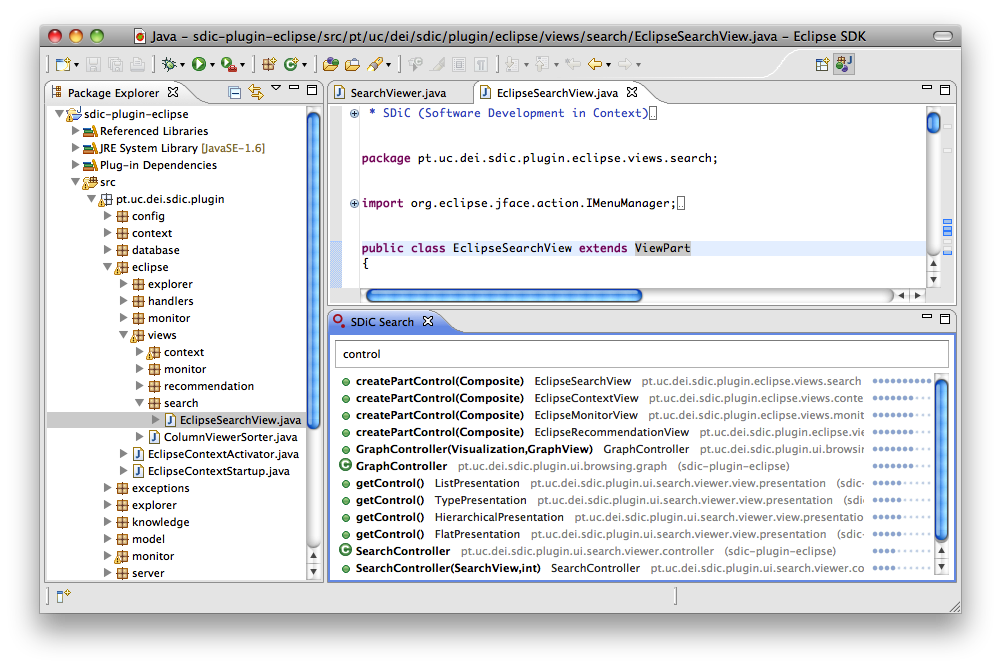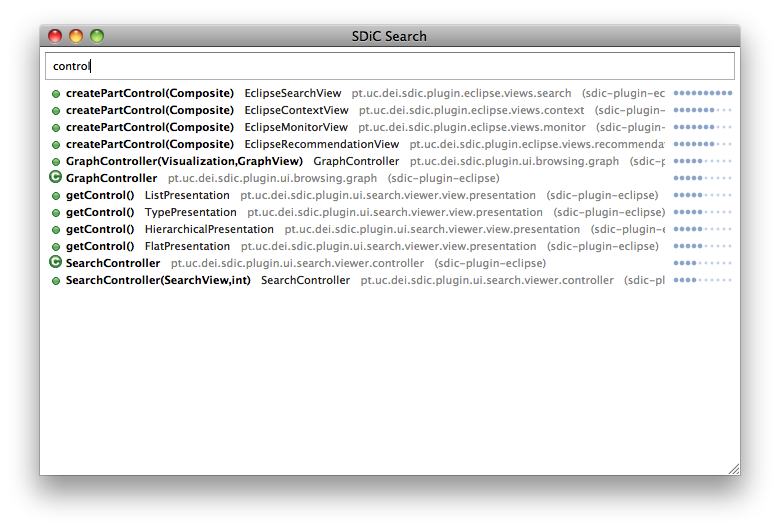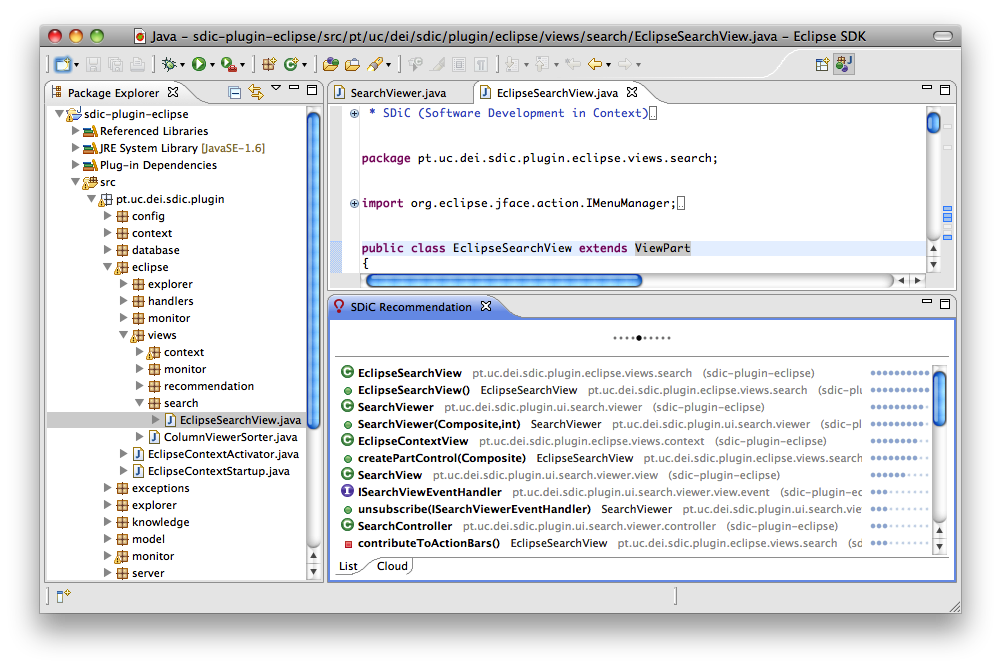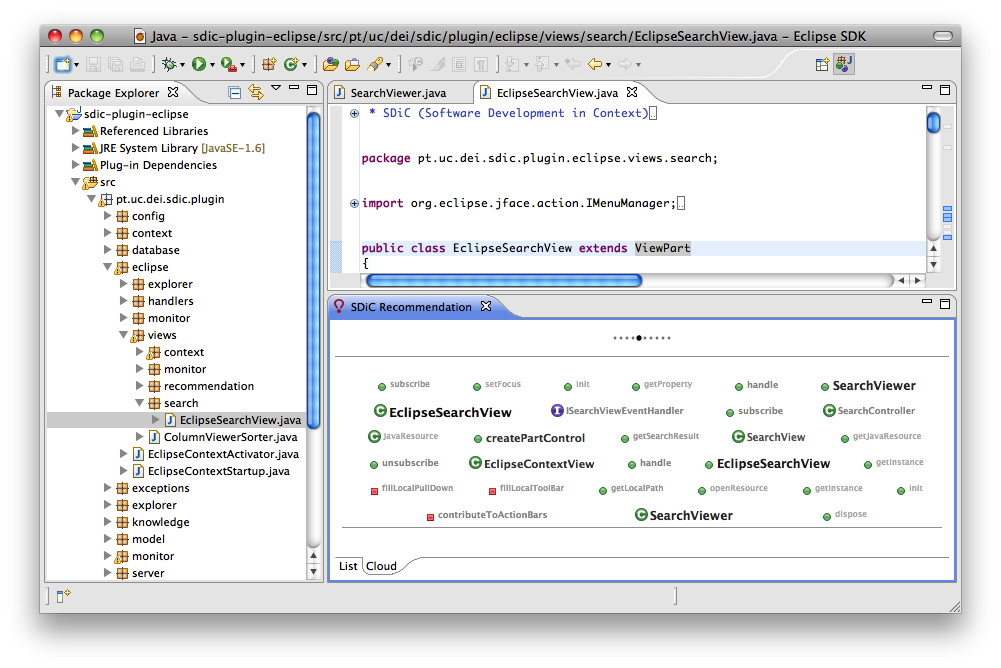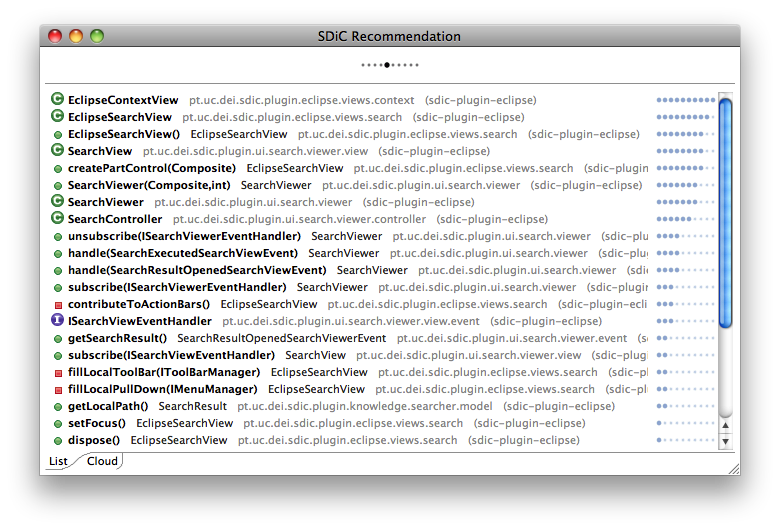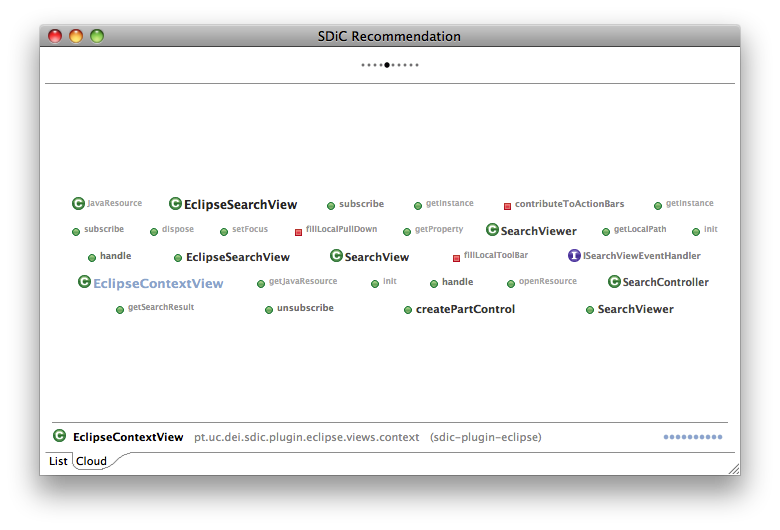This documentation is not exhaustive, if you have any questions feel free to share them on our online support community.
On the right you find a 3 minute video that gives you a quick overview of the main features of the prototype.
Activator
Before being able to use the plugin you have to register and activate your installation, otherwise the plugin will remain blocked. Every time you try to use one of its functionalities the Activator window will pop up and request you to register, or activate in case you have already registered. The registration/activation process allow us to keep a registry of who is using the prototype and help collecting the usage data necessary to validate our research.
The registration requires that you provide your name, a valid e-mail account and a password. This information will be securely processed in our server and you will receive a confirmation e-mail with an activation key, which you should use to activate your installation. Once you have registered you can use the activation key provided to activate any installation of the plugin you may have.
Collector
This plugin is the result of an academic research project, its ultimate objective is to test and validate the scientific research that is being developed. This way, we need to collect usage data that will be used to understand how our ideas are behaving in a real world scenario.
The Collector window will pop up once a while requesting you to upload your usage data, please accept the terms of use and upload your usage data regularly. If you do not want to be bothered, please activate the automatic upload option and the plugin will automatically collect and upload the usage data in background.
Search
The search feature allows you to search for source code artifacts (classes, interfaces and methods) that exist in your workspace. The search is performed over the name of such artifacts and not in their content. The search results are ranked according to their match with the search query and their relevance to your context. This means that the search results that are closer to the source code artifacts in your current context are ranked higher that others. Typically, you just need to type a few letters to reach the desired artifact, because most of the times that artifact is highly related with your current context.
The search interface is available through a view and a window. The search view can be added to your workspace perspective and placed wherever it is more confortable for you.
The search window is triggered by a keyboard shortcut (Ctrl+Alt+S) and allows you to easily access the search interface using only the keyboard. You will be able to perform the search, inspect the search results and select on of them without using the mouse.
Recommendation
The recommendation feature will recommend relevant source code artifacts based on your current context. The recommendations are guesses of artifacts that you will need in the short time. When these guesses are correct, they avoid the need of searching for that artifacts by providing you a direct access to them. Also, they may point out artifacts worth inspecting, for instance when you are exploring the source code. The system automatically refreshes these recommendations as you work, adapting to the changes that are occurring in your context.
The recommendation interface provides two viewing modes, one in the form of a list of recommendations and other where recommendations are shown in a “code cloud”. You can switch between the two viewing modes using the (Tab) key. Also, you can use the (+) and (-) keys to increase or decrease the extent of context used to retrieve the recommendations.
Similarly to the search interface, the recommendation interface is available through a view and a window. The recommendation view can be added to your workspace perspective and placed wherever it is more confortable for you.
The recommendation window is triggered by a keyboard shortcut (Ctrl+Alt+R) and allows you to easily access the recommendation interface using only the keyboard.
Browsing COMMING SOON
The browsing feature is still in a developing phase. When completed it will allow the developer to explore the source code by navigating in a graph. Because this representation commonly leads to an overflow of information, the context of the developer is used to distinguish the essential from the accessory.

